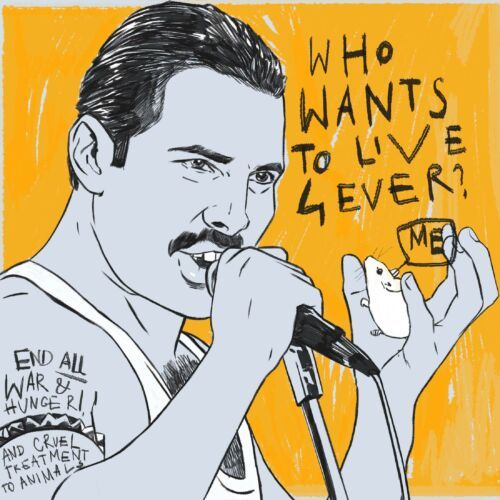How to prolong life and restore a person’s eyesight?
Scientists at the University of Pennsylvania have successfully transplanted part of a human brain into a rat’s brain to cure the animal’s vision loss. After transplantation, approx. ¼ of the transplanted human neurons responded to the simulation. According to the experts, organoid transplantation, which involves combining artificially grown human brain tissue with damaged rat brains, opens a path towards reversing blindness in humans and treating serious brain injuries.
At 47 months old, a female rat named Sima is the oldest living representative of the Sprague-Dawley breed in the world. According to the scientists working on an experimental anti-ageing therapy, the treatment with blood plasma taken from young rats prolonged her life. Sima is now almost six months older than the previous record holder. Will this research help people? “The real goal of our experiments is not so much to extend lifespan but to rejuvenate people, to make their golden years really potentially golden years, instead of years of pain and decrepitude,” says Dr Katcher from California-based start-up Yuvan Research.
A study conducted on mice at the University of California, Riverside, shows that the effects of chemicals in plastics to which fathers were exposed can be seen in the metabolism of their offspring for two successive generations. The experts studied the effects of dicyclohexyl phthalate, which caused metabolic disorders such as impaired glucose tolerance in mouse offspring. Phthalates are chemicals used to increase the durability of plastics.























